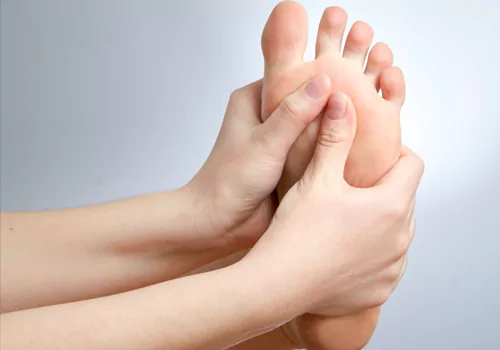Treating vertigo
posted on Feb 14, 2014 9:17AM

Vertigo which is mostly attributed to the dizziness associated with heights is actually caused by problems in the vestibular system found in the inner ear--which helps your body maintain its balance. Some forms of brain damage may also create a sense of vertigo. Common types of vertigo include benign paroxysmal positional vertigo (created by calcium build-ups in the ear) and labyrinthitis (created by bacterial infections in the ear) or a blow to the head that may damage the vestibular system. When the blood flow to the brain is slightly less can also lead to vertigo.
It leaves you with spell of dizziness even when you are standing still and sometimes can lead to a blackout. If you feel these symptoms it is best to go to the doctor where they will check your ears and also do small tests where they will make you take short steps and also make you stand still with your hands next to your side and with closed eyes. If you are unable to stand still and swerve indicates slightly benign vertigo.
Indication:
The strongest indication of vertigo is a sudden feeling of disorientation and physical confusion. A sense of lightheadedness often occurs, and your balance and coordination maybe severely affected as well. You could also feel nauseous, followed by vomiting. Eyesight may become blurry and some vertigo patients complain of aches in the neck muscles. These symptoms can arise without warning and last anywhere from a few minutes to several hours.
Vertigo is often triggered by a specific movement of the head, creating the imbalance in the ear. The precise sort of movement varies by patient, but once it has been identified, you can reduce the frequency of vertigo simply by avoiding it. Some types of vertigo will disappear over time, allowing you to outlast it both by avoiding the triggers and receiving proper treatment from your doctor.
Treatment:
Depending upon the causes of vertigo, your doctor can treat the problem with drugs, with physiotherapy exercises designed to reduce the impact of vertigo, or in some cases with surgery to correct the imbalance in your ear. In cases of benign paroxysmal positional vertigo, the doctor may do a canalith re-positioning procedure, designed to re-establish the balance in your vestibular system. But this is only when it gets aggravated.
Precautions:
#. When a vertigo attack occurs, stop moving and sit down and drink water and settle yourself first.
#. Try to avoid climbing steep stairs or a ladder and avoid heights.
#. Avoid driving when you have vertigo. If the attack happens when you are driving stop to the side and relax till you feel better.
#. When there is an impending attack, you can use a technique where visual fixation helps you prevent it by focusing on a specific distant point and holding it in your gaze until the symptoms pass.
#. Also check with the physiotherapists for specific exercises related to vertigo





.webp)

.webp)











.webp)




.webp)




.webp)
.webp)
